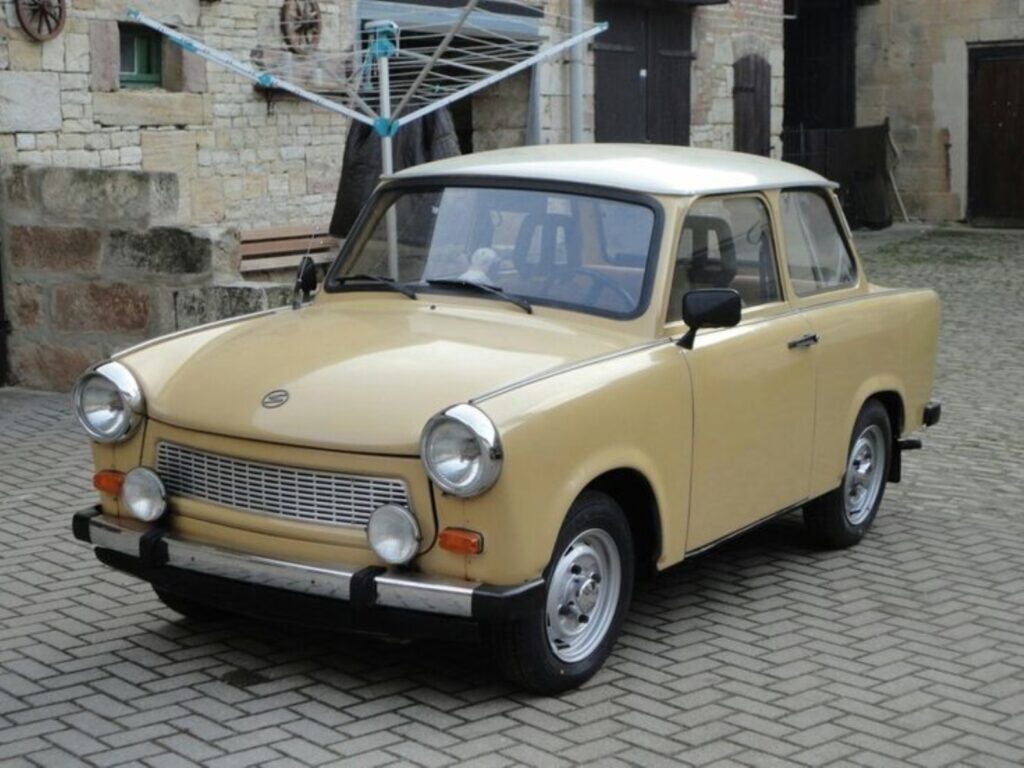Whether in a car or in other areas, aesthetics are always one of the most controversial and subjective points, provoking reactions or discussions, sometimes not always well-founded. And what is beautiful to some is…unbearable to others! You either like it or you don’t: end of story!
Looking at the recent years of the automotive world, there are several examples that can be labeled as ‘ugly’ or ‘weird’, with the certainty, however, that they are models that did not leave anyone indifferent. We gather cases and curiosities that shocked the industry, some that became part of history, and others that are only remembered as authentic…casting errors!
Fiat Multipla
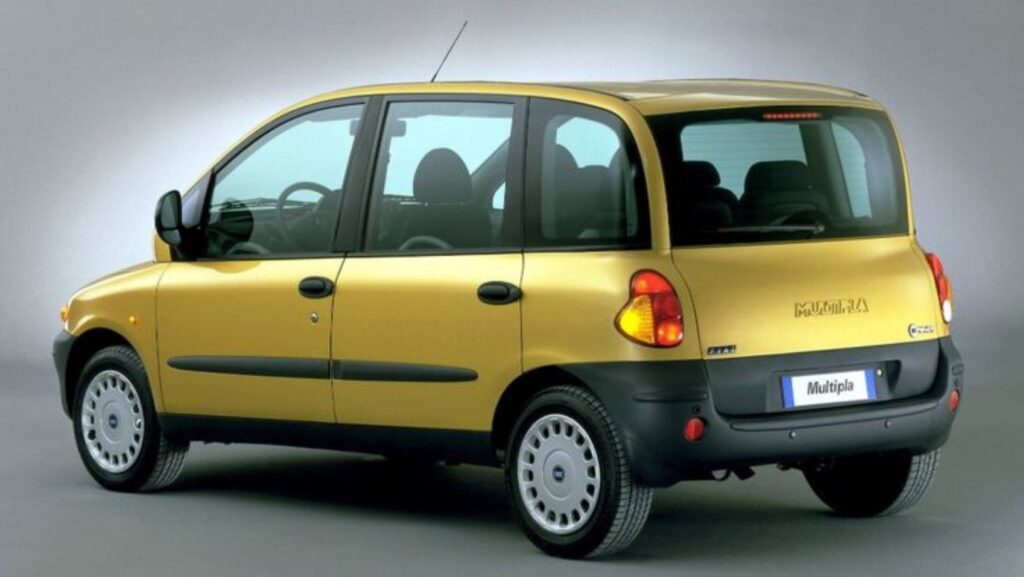
In 1998, Fiat shocked the world with the launch of the Multipla, a minivan whose practicality and interior design were widely praised by the international press, but whose body shape and round headlights (changed in the restyling carried out in 2004) did not generate similar consensus. It was the most eccentric MPV of its time, but at the same time, one of the most practical, able to accommodate six occupants and 430 liters in the trunk in less than 4 meters of exterior length. European production ended in 2012, with the Multipla also being produced in China between 2008 and 2014, by Zotye Auto.
Nissan Cube

Initially launched in 1998 and immediately gaining the label of one of the most controversial cars in history, the fact is that Nissan extended the production of this mini-MPV over time and generations (three), which lasted until 2019 and whose name was justified by the exterior body shape. Although designed for the domestic market, the third generation of the Cube (2008-2019), already more ’rounded’, was even sold in North America and Europe.
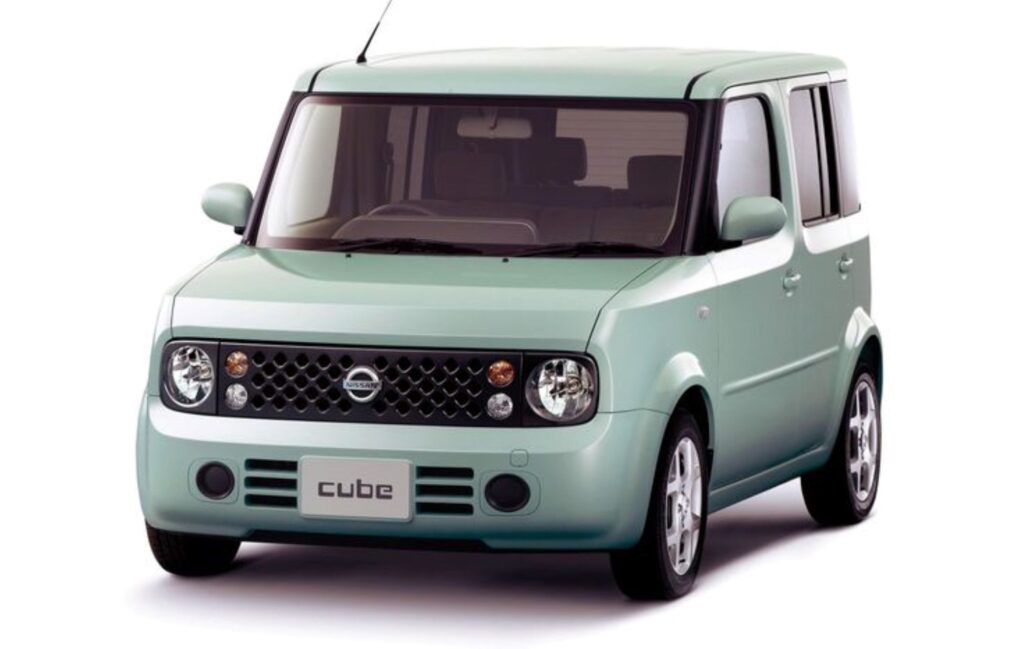
Reliant Robin
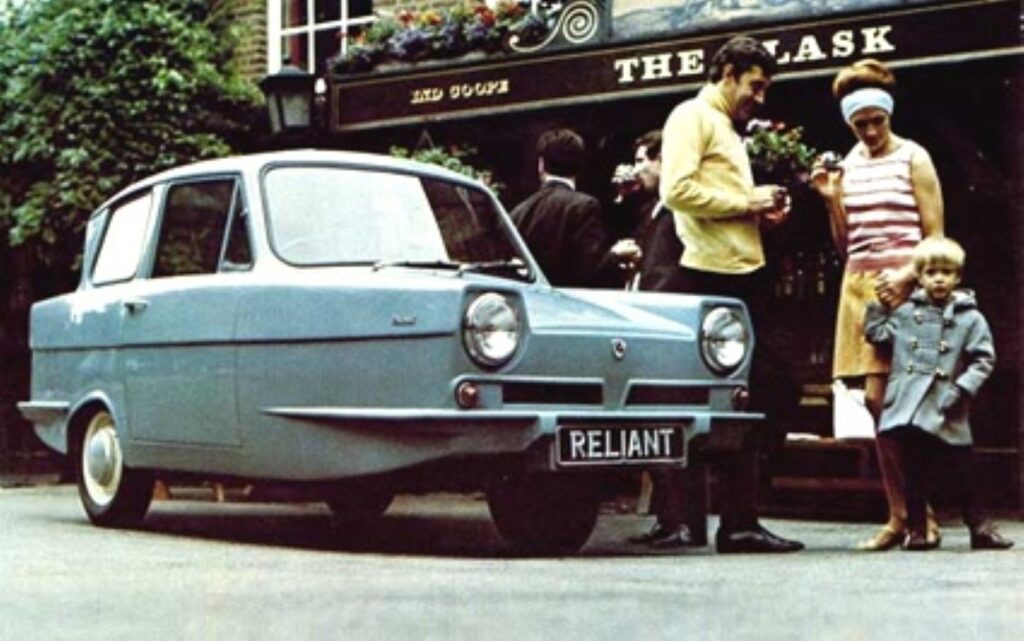
This English vehicle was born to be cheap and fit into the motorcycle category, but ended up being classified as a strange three-wheeled car. Another curiosity of this vehicle is the fact that it is produced using fiberglass, just like the Chevrolet Corvette! Distributed over three generations and having gathered a wide range of fans in England, the Robin was manufactured between 1973 and 2002, with the last units featuring exterior panels inherited from the Opel Corsa. The model also became known for races held on dirt tracks, where it is common to see models flipping over due to the three-wheel design!

Pontiac Aztek
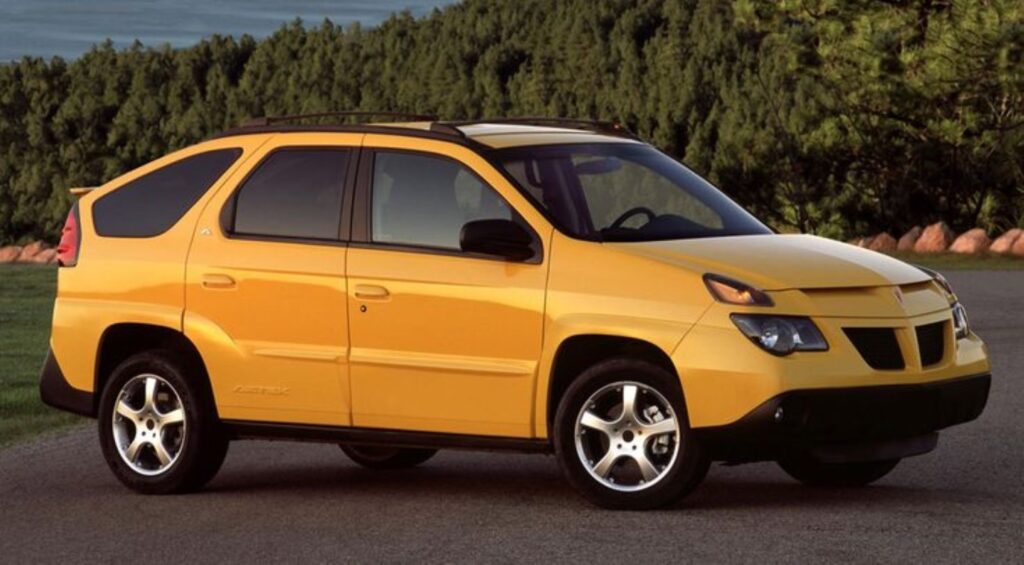
Produced between 2000 and 2005, it is still considered one of the ugliest cars in history. But it had its moment of glory when it appeared in the series Breaking Bad as the vehicle of the main character, Walter White. Initially, General Motors (owner of Pontiac) predicted sales of 60,000 units per year, but the reality is that only 119,185 vehicles were produced during the lifespan of this peculiar SUV.

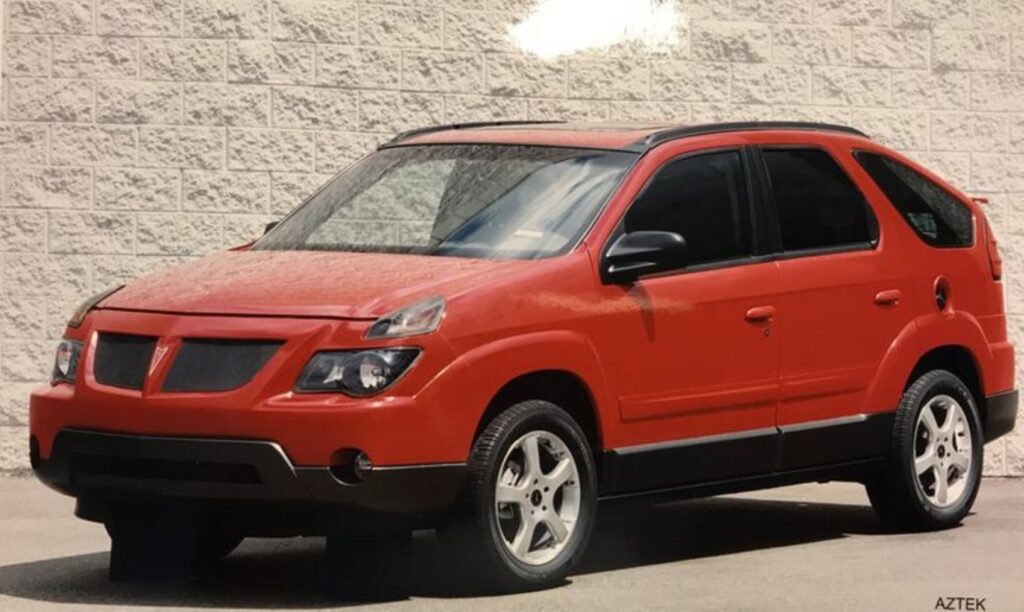
AMC Pacer

A American Motors Corporation (AMC) was an American brand born in 1954 through the merger of Nash and Hudson, lasting until 1987 when it was bought by Chrysler. From its history, the controversial Pacer remained, a 4.36-meter long sports car, half coupe, half wagon, and marked by its bubble-shaped design, with 37% of the bodywork made of glass, breaking with the traditional sedan format of the time. Around 280 thousand units of the sports car were produced, which had a top-of-the-range version powered by a 5-liter V8 engine.


SsangYong Rodius
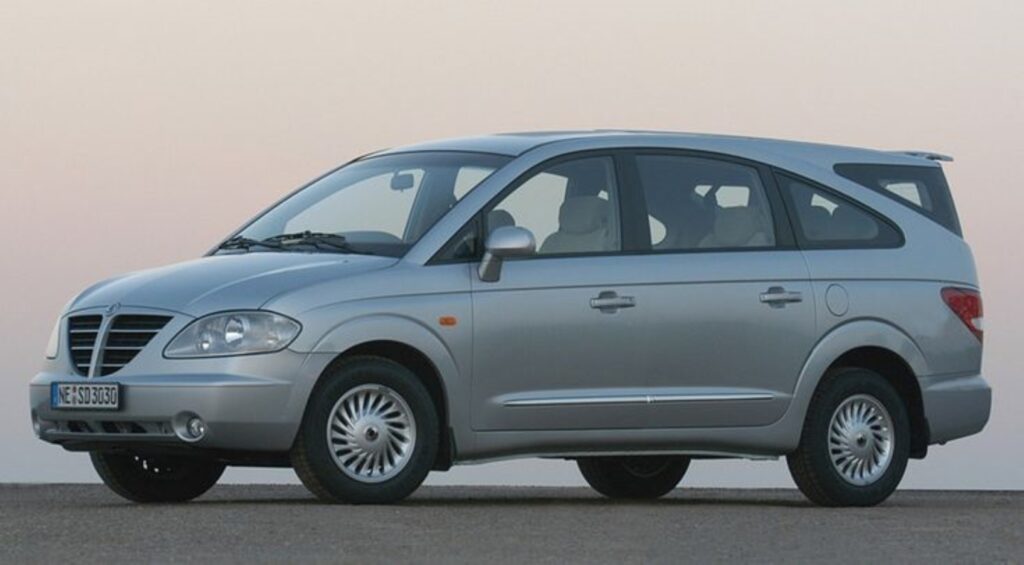
Despite being bulky and controversial, the South Korean Rodius gained its commercial space and market niche, including in some European countries. With over 5 meters in length, it has seating versions for 7, 9, or 11 occupants and a modular interior, including the presence of tables and swivel seats. The name derives from the combination of the Greek god Zeus and the word road, resulting in ‘Lord of the road’, meaning the lord of the road.

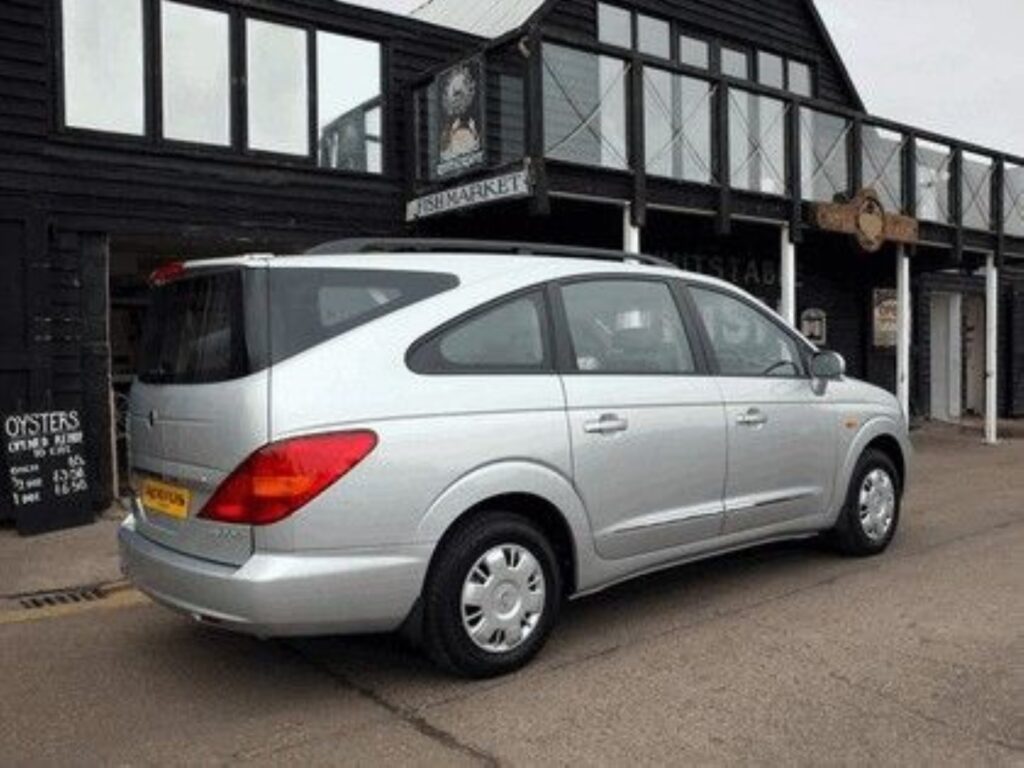
Citroën Ami 6
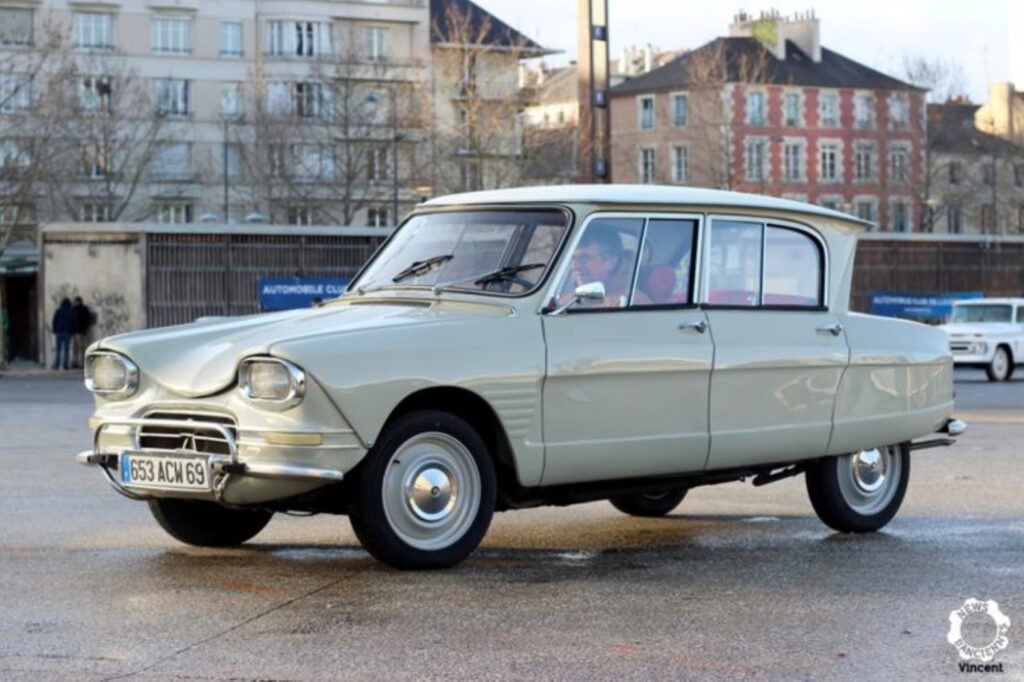
Nasceu em 1961 para ocupar o vazio da gama Citroën entre o popular 2CV e o topo de gama DS. Tendo ficado conhecido como exemplo de conforto e espaço para uma berlina média da época, o certo é que o design do Ami 6 resultou controverso, muito por culpa do ‘corte’ no tejadilho e efeito criado pelo óculo traseiro recuado e extensa zona da tampa da mala. Produzido até 1978, e tendo também existido no formato carrinha, o certo é que a vida do Ami 6 foi marcada pelo êxito comercial: foram produzidas mais de 1,8 milhões de unidades.



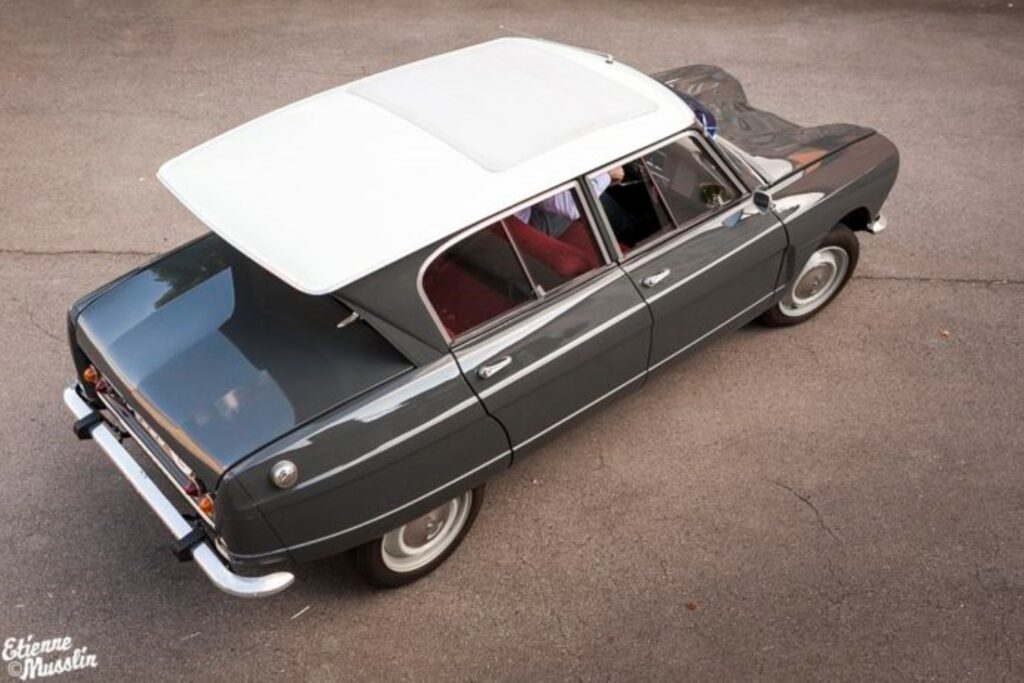
Chevrolet HHR



Chevrolet HHR
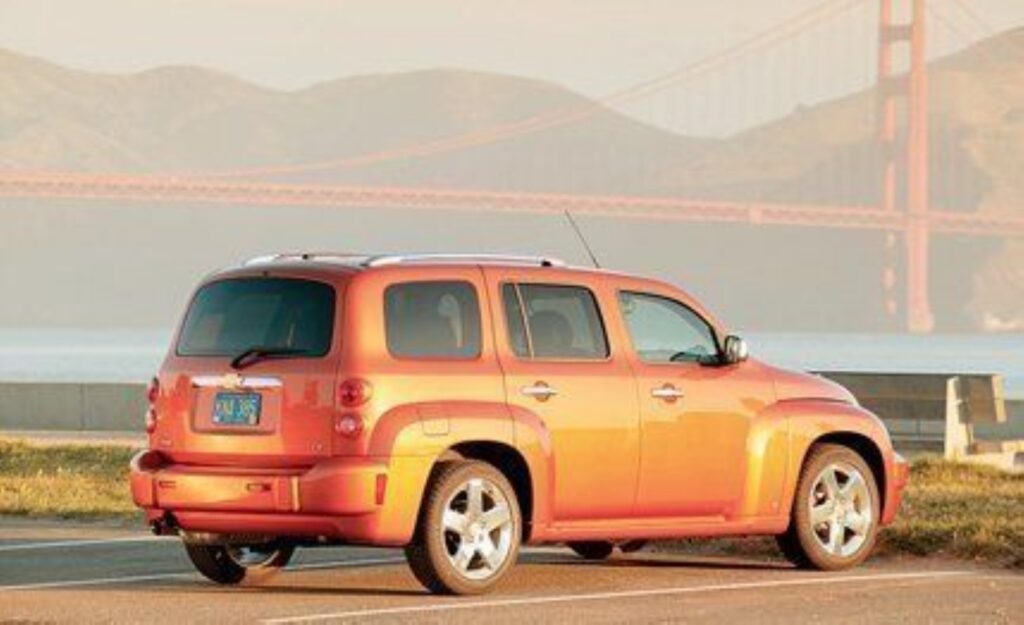
Born as a retro interpretation of American vans from the 1940s and 1950s, marked by a generous chrome front grille and prominent fenders. All of this mixed with angular and modern lines for 2006, the year it was launched, remaining active until 2011. Chevrolet even made a ‘Panel’ version with panels in place of the rear side and back windows. The production of the HHR (an acronym for Heritage High Roof) was entrusted to a factory in Mexico.
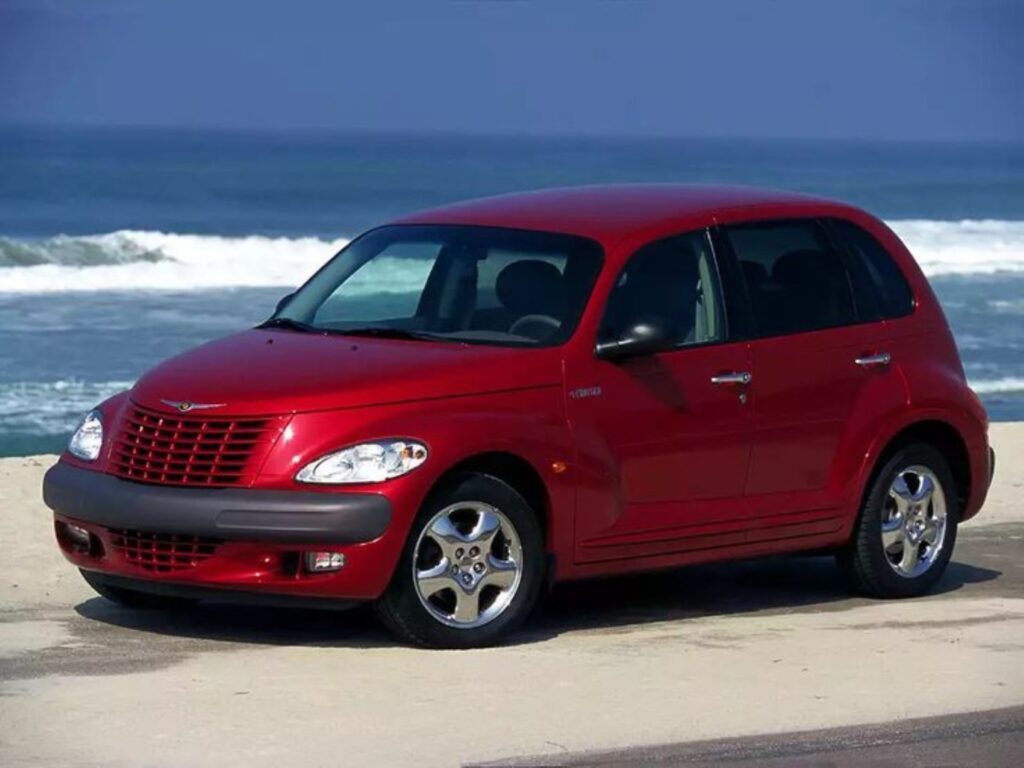

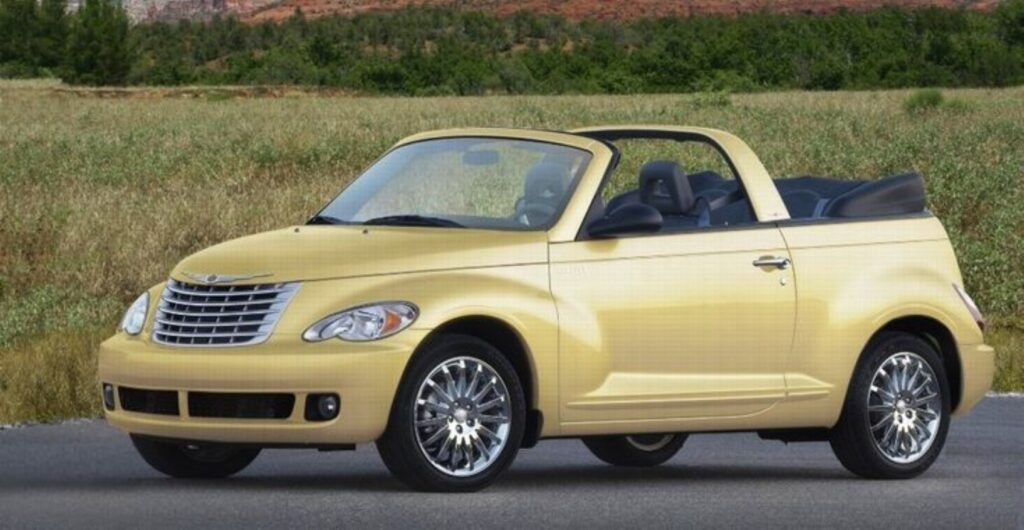
Chrysler PT Cruiser

Launched in 2000, the PT Cruiser shares its designer with the Chevrolet HHR, American designer Bryan Nesbitt. The inspirations are similar, resulting in similar retro-style body shapes, with the PT Cruiser aiming to compete with the newly launched interpretations of the Mini Cooper and VW Beetle. The Chrysler had the particularity of adding an even more controversial convertible version. The name PT Cruiser appears as a tribute to the Plymouth Truck (PT), an American van from the 1930s.



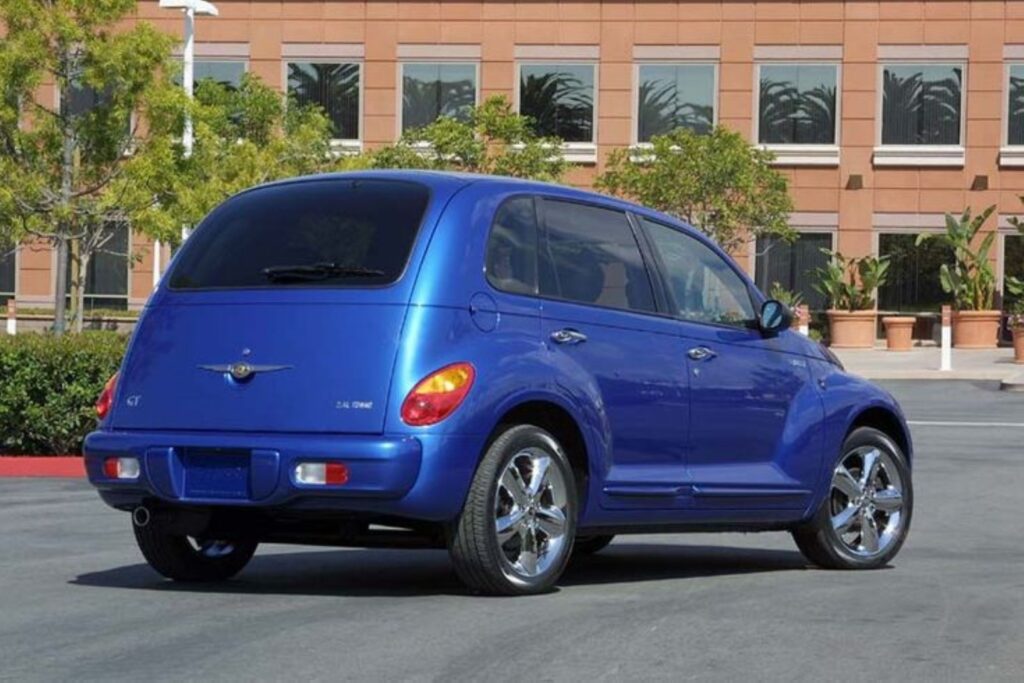
Trabant P601
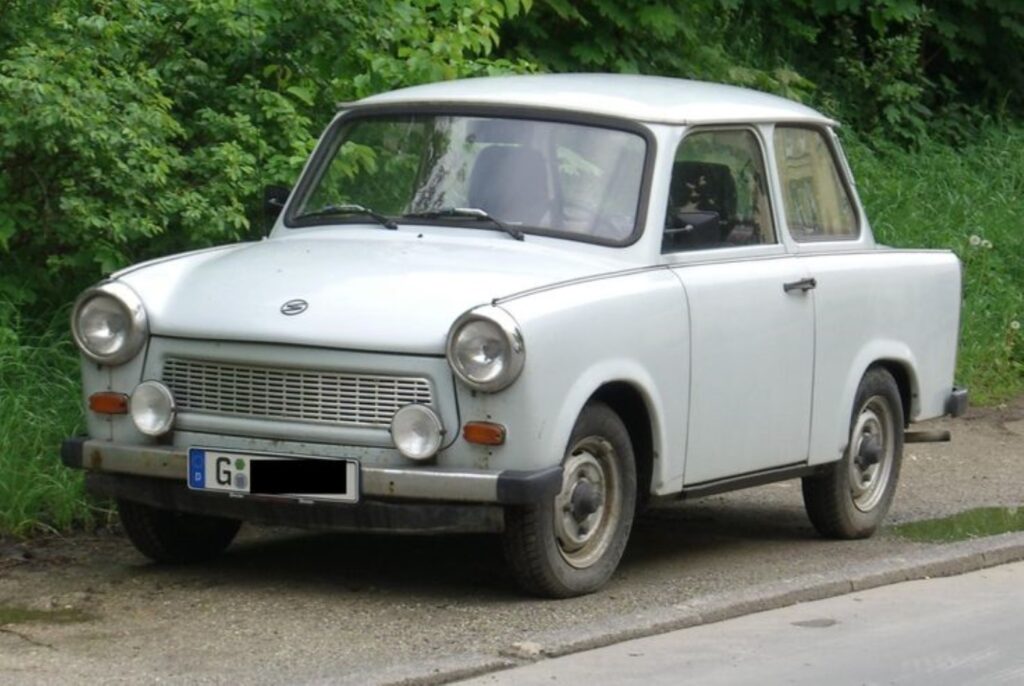
Merece lugar no ranking de automóveis controversos, não por ser propriamente ‘feio’, mas por ter sido considerado um dos piores automóveis alguma vez produzidos em série: a sua longa carreira prolongou-se entre 1964 e 1990, tendo saído da fábrica alemã de Zwickau mais de 2,8 milhões de unidades daquele que ficou conhecido como o automóvel mais popular na Alemanha de Leste, uma espécie de VW Beetle do lado de lá do Muro de Berlim. O automóvel media apenas 3,55 metros de comprimento e era fabricado numa espécie simplificada de fibra de vidro, à base de plástico, fibras de madeira e restos de tecido. De tão frágeis, se forçados, os painéis da carroçaria partiam-se ao meio…

